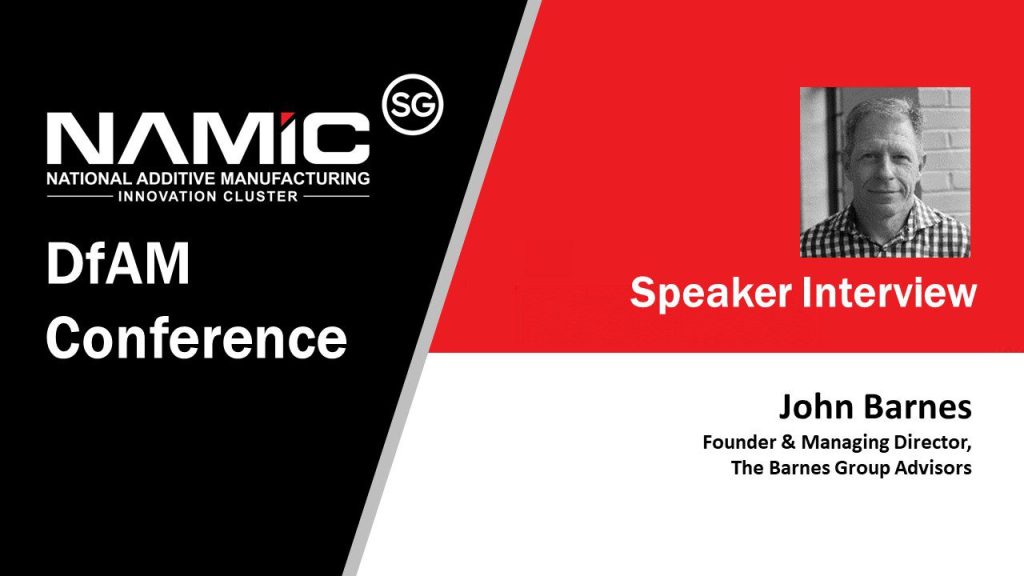Please share how 3D Printing, in particular DfAM could improve quality of life in the future?
3D printing could change a lot of things as we know it. Beyond the exciting shapes it can make affordably, what is particularly interesting is the attraction it has to people from all walks of life. As interest in manufacturing has waned historically, we see that people are very interested in AM and that diversity of brainpower can be nothing but good. Kids in grade schools are involved in basic designs for AM. For no other reason, making it very easy for people to learn design freedoms, even if they don’t go on to become designers and structural engineers, they appreciate the role of design to get the most from AM.
Please share what your views are on the evolution and growth of Additive Manufacturing processes and materials to revolutionise manufacturing
AM is making inroads to nearly every manufacturing process or product whether it be in product development, tooling or direct part production. All of this has happened without significant effort in materials development or matching the material with the process. Once we get that right, it’s an entirely new ballgame.
How does DfAM helps in productivity and cost reduction with respect to your industry?
People are still struggling with why DfAM is any different than conventional DFM (design for manufacturing) and conceptually it isn’t – it’s just a lot more important. Aerospace adopted AM early and it is a weight conscious industry. Other industries looked at that and said ‘weight isn’t as important to me’ but they missed was that weight equals time, and time equals money. So now, legions of engineers need to understand this principal and other nuance which are counter-intuitive to their training.
What are different challenges startups and MNCs face in adopting Design for AM?
The startups tend to get it pretty quickly because they are small and nimble. The MNCs have taken a while but they have the resources to bring in formal training but that takes time. One is a Ferrari and the other is a pick-up truck. You might need both at times but rarely at the same time.

